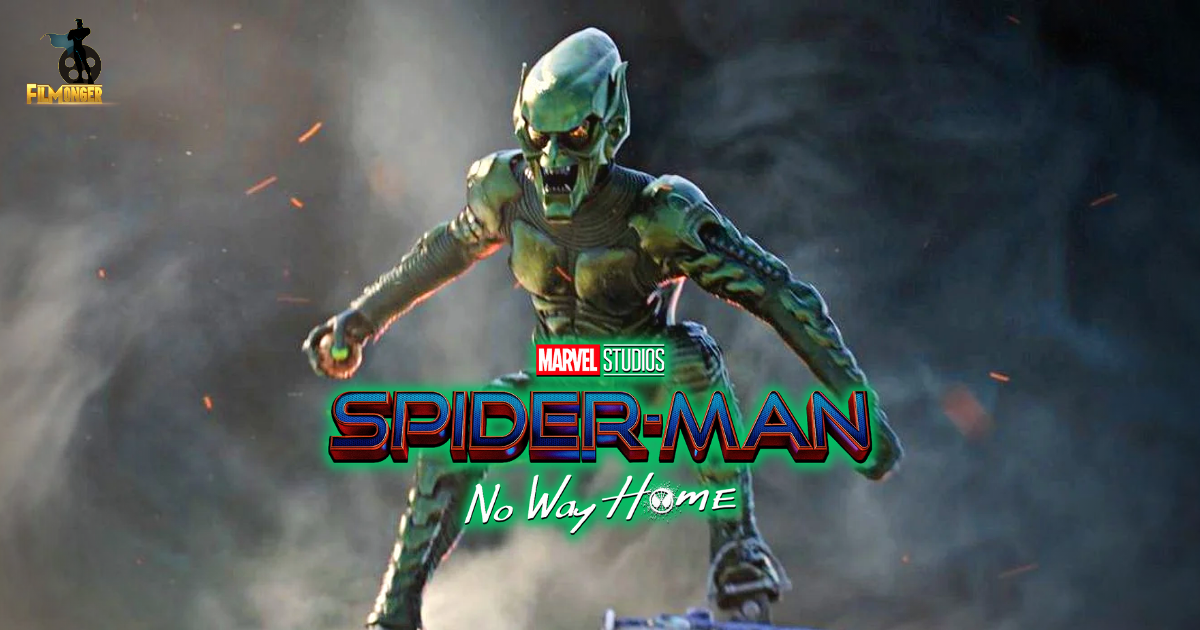When Willem Dafoe reprised his role as the iconic Spider-Man villain, the Green Goblin, in Spider-Man: No Way Home, it marked a triumphant return after nearly two decades. However, Marvel Studios had a specific mandate for this beloved character’s comeback, to seamlessly integrate his iconic look into the Marvel Cinematic Universe (MCU).
Marvel’s Singular Demand
Marvel Studios Head of Visual Development, Ryan Meinerding, revealed a crucial mandate for the return of Willem Dafoe’s Green Goblin to the big screen. The team worked tirelessly to maintain the character’s “heightened look” from the original Sam Raimi films while ensuring it felt like an organic part of the MCU.
In a universe heavily influenced by technology, the addition of a hood was one way to achieve this goal. Concept Illustrator Phil Saunders contributed dynamic images of the Green Goblin on his glider, all aimed at grounding the character in the MCU.
Balancing the Past and Present
The challenge lay in incorporating elements of the Green Goblin’s original design from the Sam Raimi Spider-Man films while adhering to the MCU’s technological aesthetic.
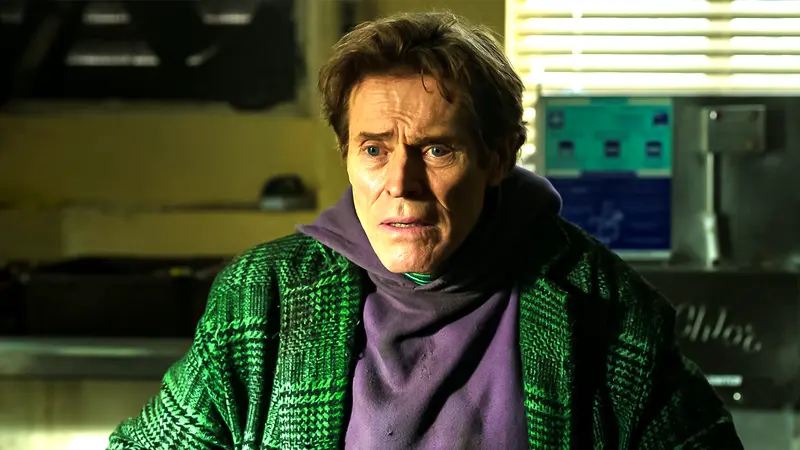
One idea explored was the character gaining access to MCU technology to create a new suit. Throughout this process, Marvel’s mandate was to retain the iconic purple-and-green colors of the comic book character.
The Final Design
Concept artist Phil Saunders tackled this by incorporating purple elements into the Goblin’s armor, with hints of purple peeking out from under his suit.
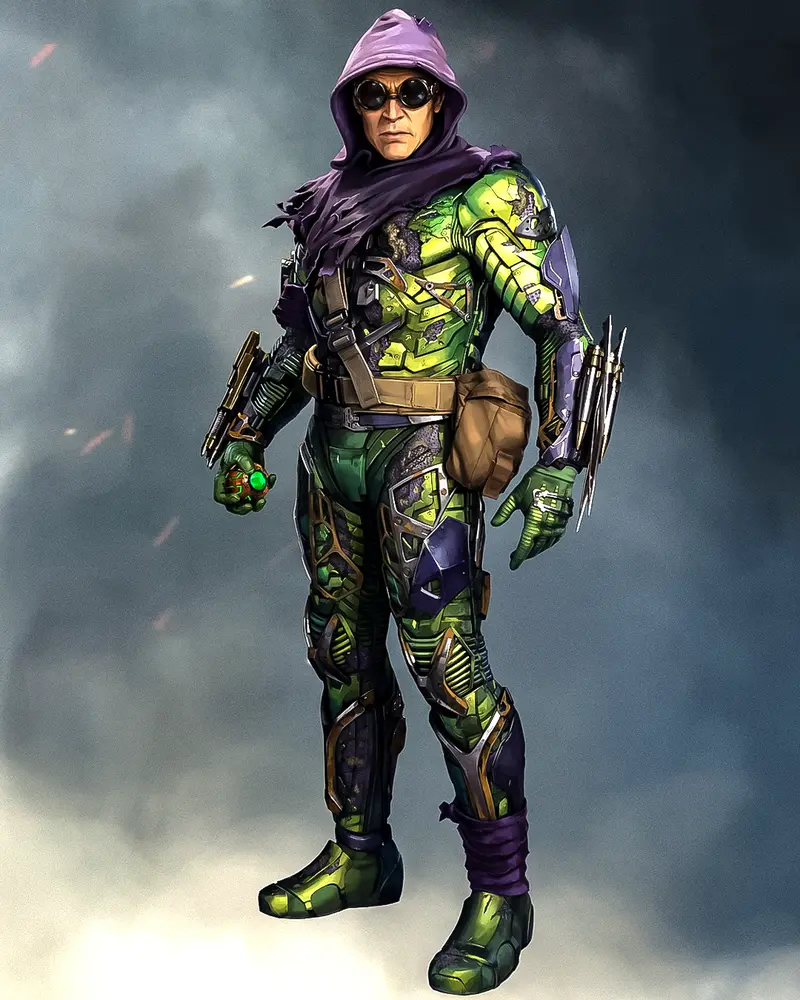
The objective was to take the classic Raimi-verse suit and give it a modern MCU upgrade. The final costume design retained the immediate recognizability of the Raimi suit while meeting contemporary expectations for superhero costume design and fabrication.
A Successful Green Goblin Modernization
The Green Goblin’s MCU costume struck a balance between honoring the classic comic book look and adapting it to fit the MCU’s more grounded approach to superhero attire.
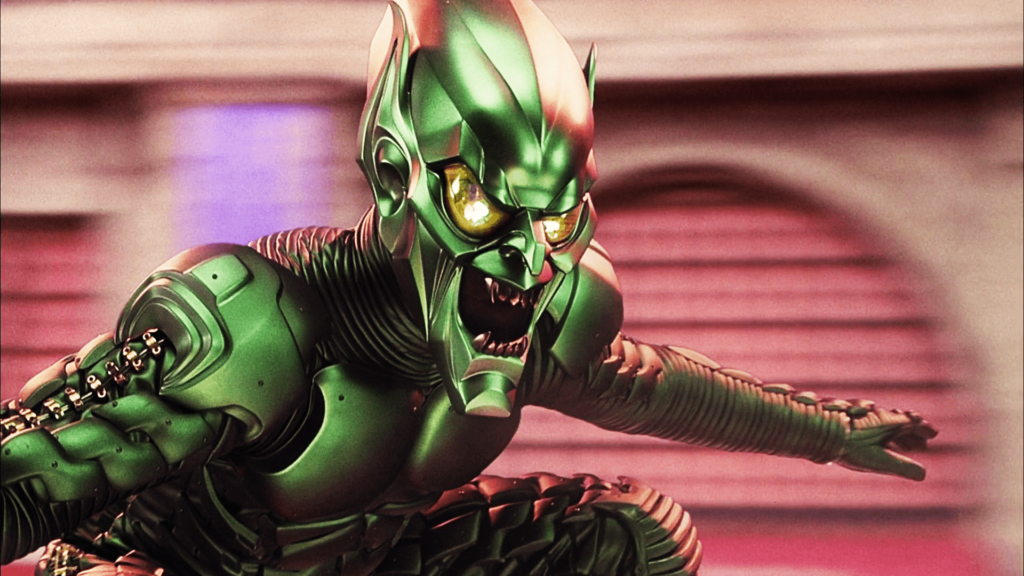
Unlike some previous MCU costumes, which embraced a full comic book aesthetic, this design paid homage to the caped and hooded version of the character familiar to fans. The decision to update the Green Goblin’s armor rather than attempting the challenging feat of recreating the character’s fully deformed appearance was a sensible one.
While a more comic-accurate portrayal of the Green Goblin may be explored in the future, Dafoe’s version, which primarily featured the Green Goblin armor, made it logical to focus on this aspect of the character’s design.
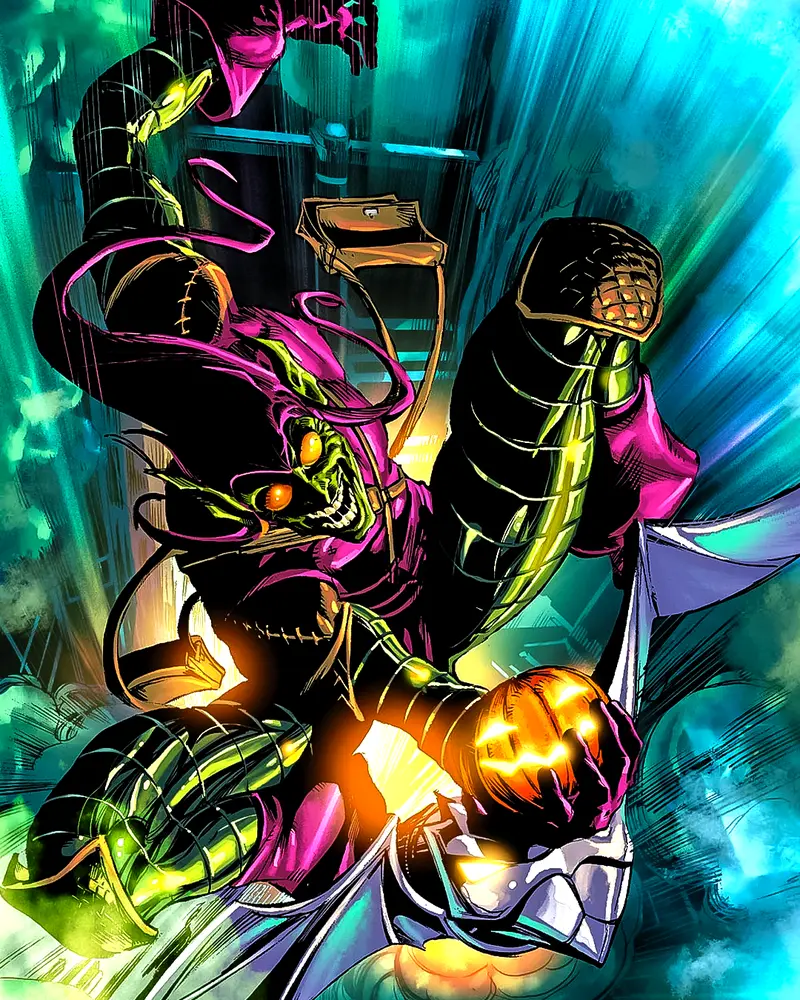
Marvel Studios’ demand for Willem Dafoe’s Green Goblin to seamlessly fit into the MCU in Spider-Man: No Way Home resulted in a successful modernization of the iconic character. The creative team adeptly balanced the character’s classic look with the MCU’s technological aesthetic.
The outcome was a fresh take on a beloved villain, featuring the signature green and purple color scheme. As the film continues to captivate audiences, this modernized Green Goblin stands as a testament to Marvel’s ability to evolve and adapt classic characters while staying true to their roots.
Spider-Man: No Way Home is available for purchase both digitally and physically.
